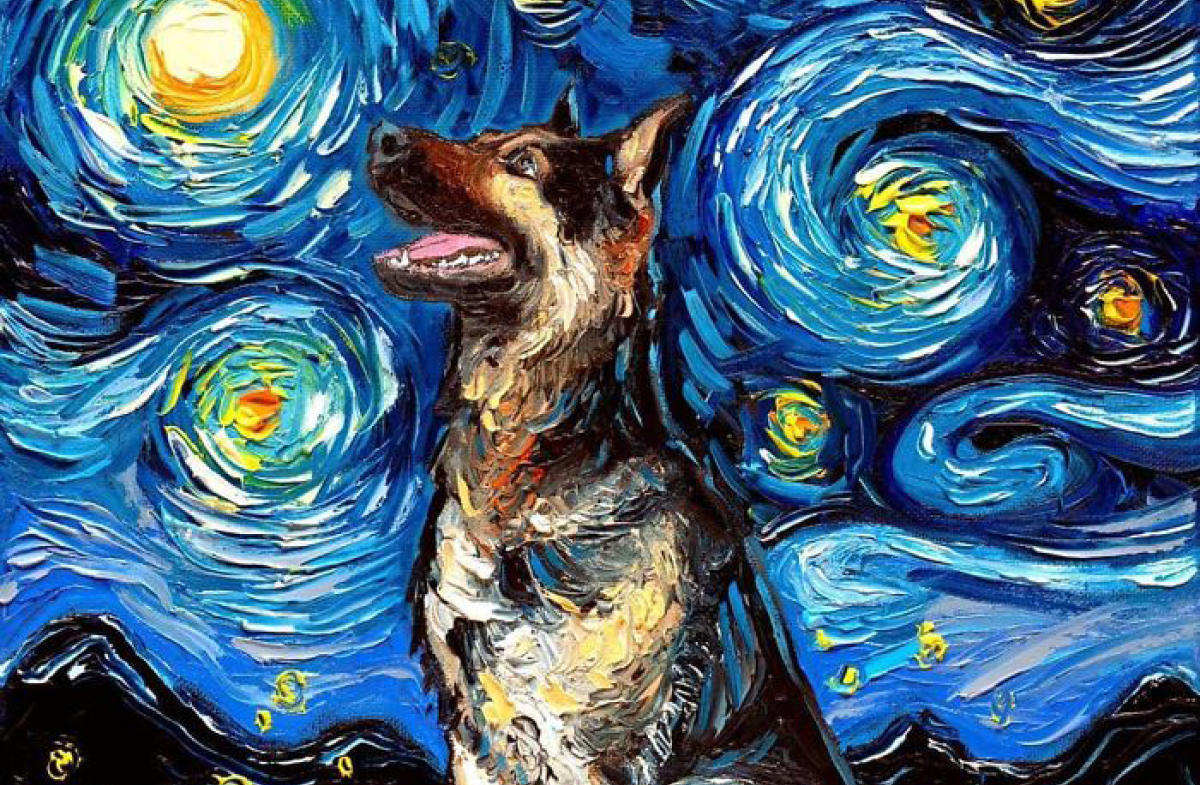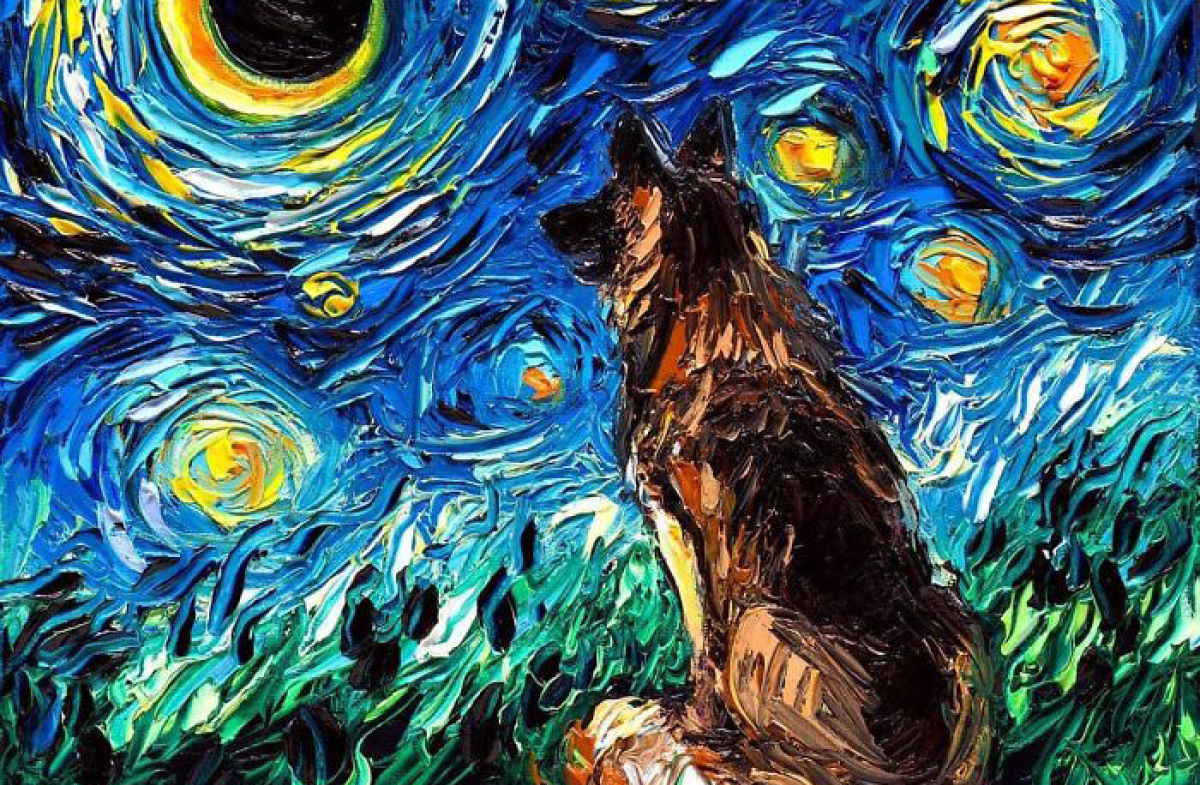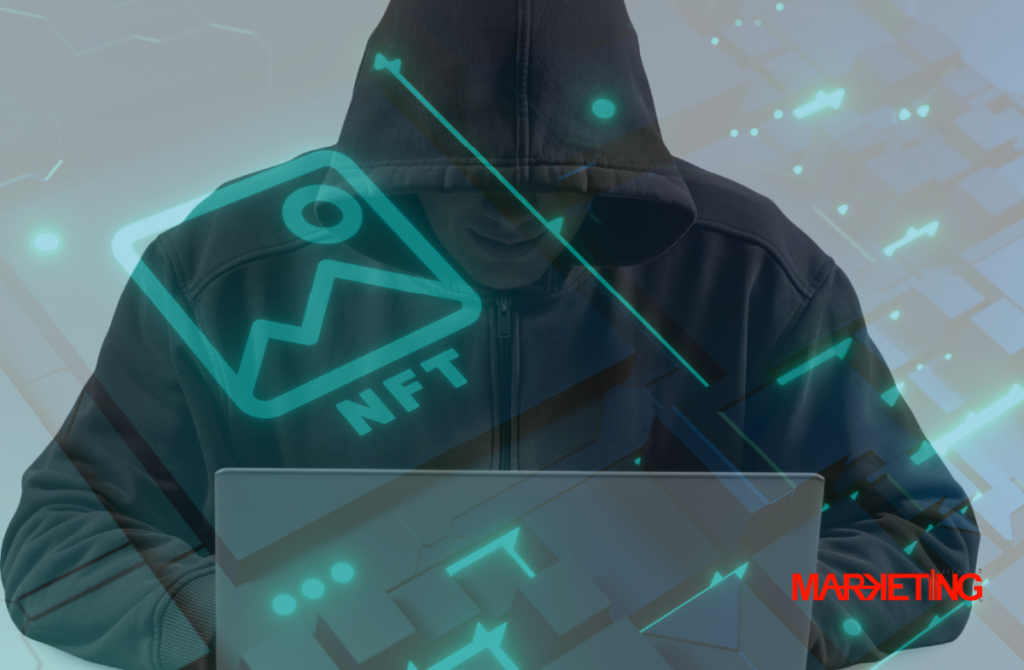By Raihan Hadi
After my short lived stint with NFTs following my crypto-transfer mishap not too long ago, I started questioning every move I think of making in the Metaverse/NFT world.
Last year, all my social media feeds were flooded with wise people talking about how NFTs will be the talk of every town this year, and if we’re not listening to what every wise person tells us about unforeseen situations at uncharted territories – what good are we?
But no wise person wrote about the one thing we should be asking ourselves the moment something as fresh as these non-fungible tokens pop out and become hot trends in the digital world – CAN IT/THEY BE STOLEN?
For a market that has grown exponentially within a year to a whopper value of $22Bn, in a world where hackers can still afford more than groceries and rent, don’t you think attempts at stealing these multi million dollars worth of art, albeit digital, will be made?

The truth is always out there
As a proud and certified idiot, I thought about the matter and found evidence of NFT thefts as soon as I began my research. And it didn’t even happen too long ago!
If you’re one of those fancy people who in fear of becoming late adopters amongst peers started using OpenSea recently, you may have heard of the recent theft of 250 NFTs worth $1.7M that occurred on Saturday last week.
During last year, popular Dutch artist Lois van Baarle found more than 100 pieces of her art for sale on OpenSea, the biggest NFT marketplace in the world. The ‘LOL’ fact in the matter is that she wasn’t the one who put those art pieces up there to sell.
Texas-based artist Aja Trier is another victim of NFT theft on OpenSea, who found 87,000 pieces of art based on her viral work being sold on the platform. Not that her art is original either, given that the most popular ones are based on Van Gogh’s Starry Night featuring dogs.

How does an NFT get stolen?
Good question!
Stealing NFTs doesn’t work in the traditional sense of digital theft, it’s more like scamming where the owner of the original piece is either deceived or the NFT platform is exploited.
In the most layman of terms possible (something that helps noobs like myself) – an NFT can also be considered ‘stolen’ if it has been taken from its original owner’s website or social media account and before they could get to the marketplace so upload the property, the culprit does so, and unless and until they are reported by the original owner, they’ll probably be making money off of it.
The details are quite interesting and if you want to know more about them, rather than relying on me you can just find them here.

Who protects an artist then?
Another good question! I’m starting to like you 😉
Where there’s loads of money involved, lawyers shall appear. Even though the space is relatively new, a lot of money is flying around in it, hence protection is needed for the players within the space.
There are many legal challenges surrounding the NFT world and the best source of information about them so far is OpenGeeksLab, where you can find loads of information about cryptos, NFTs and the likes.
But to put it simply, where there are problems, there are always solutions.
OpenSea itself is not an evil entity, they opened up this huge world of opportunity for the artists of the booming digital art industry to display their work in the form of digital signatures and make money from said work. If an artwork gets reported, they do investigate and take actions against culprits.
Where do we go from here?
Like I said in my last piece, the space is still new, and by the time all the trend-loving jargon-chewing wannabes are done doing what they do (which is usually nothing), a lot of the kerfuffle will be tackled and hopefully there will be more transparency around the space.
We also need to ensure top-notch security practices, given that most of the evil overlords of the digital world care very little for it when it doesn’t concern them.
With that, I bid you farewell for now, and go file a complaint on MetaMask for not getting my money back even after a month.
Adios!
This piece was first published in MARKETING WEEKENDER Issue 320.

APPIES Asia Pacific 2022 is happening in Malaysia!
Campaign entries must have run between Jan 2020 to May 2022
(open to campaigns ran from any Asia Pacific market during this period)
Visit appies.asia for details, registration and submissions NOW!
MARKETING Magazine is not responsible for the content of external sites.






